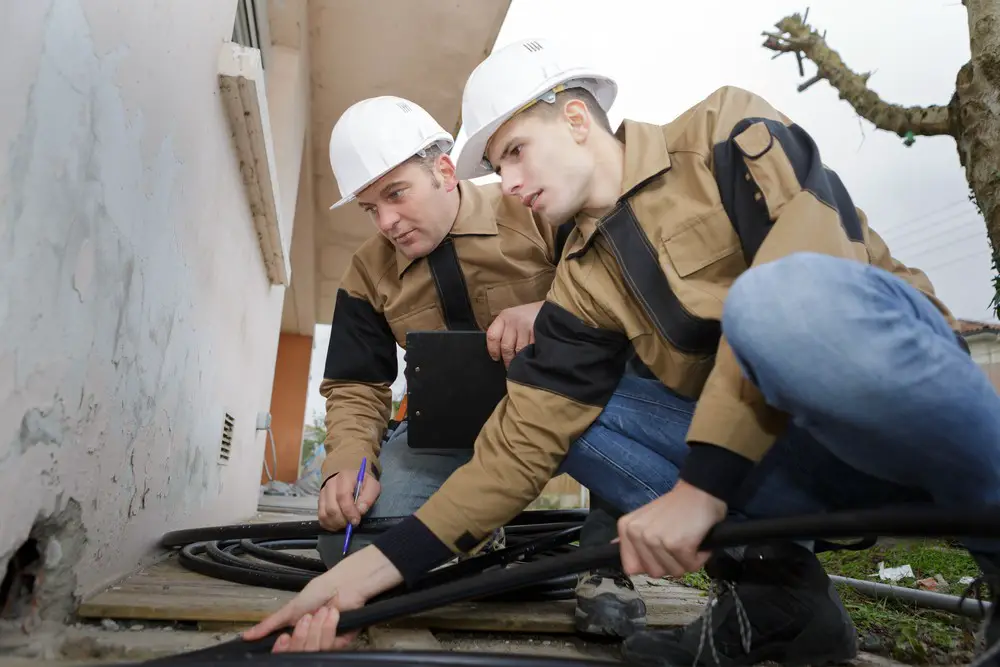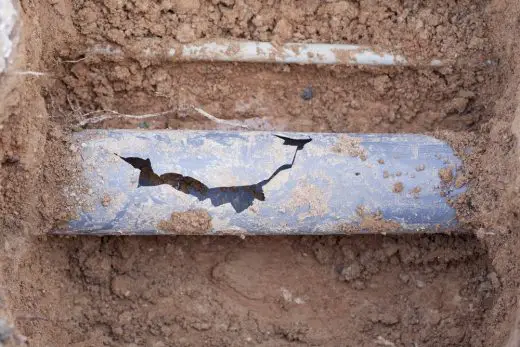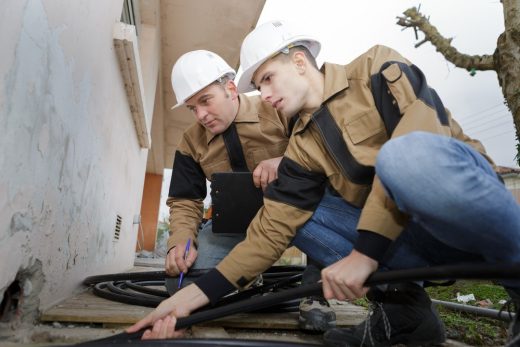Types of sewer pipe lining guide, House drainage cleaning advice, Building piping maintenance tips
Types of Sewer Pipe Lining
27 Jan 2021
Sewer piping is essential for a home to function as efficiently as possible. If it isn’t an aspect in your house that you think about or maintain, then it’s going to wear out and get damaged. And by the time the damage is done, it’s going to be more challenging to tackle. Not to mention the irritation it can cause to everyone in the household.
Damaged sewer pipes are a nightmare. They block up the sewage, and it can emit sewer gas, cause septic waste to collect in the yard, and even damage the foundation of your home or cause sinkholes! But that’s not even half of it. So, whatever you do, don’t let it reach such a terrible state before you decide to do something about it!
You may be asking, “How often should the sewer pipes be checked?” Getting your sewer pipes cleaned every 18-22 months would be ideal. This way, any damaged lines can be seen on time, and preventative measures can be taken.
Types of Sewer Pipe Lining – Building Maintenance
Cracked pipes are some of the usual problems that might be found. If the damage is too much, it would be necessary to get it entirely replaced. However, some manageable cracks can be dealt with using sewer pipelining.
You’ll need to have the extent of the damage assessed by expert and trustworthy plumbers or sewer pipe lining companies. This way, you can decide on whether a full replacement or lining would be the best solution for you.
Full replacement would be more expensive and could take more time, work, and damage to your lawn. Therefore, closely examining your options is extremely important.
If pipe relining can do the job, you can forgo the disadvantages of replacing the sewer pipes. But it would be best if you familiarized yourself with the types of sewer pipe lining to know what you will need.
Types of Sewer Pipe Lining Advice
Take a look at the types of lining for sewer pipes below:
1. Internal Pipe Coating
This is commonly used for commercial spaces and homes. This is because the walls or floors don’t need to be destroyed to get to the pipes. When the lines have been drained completely, a thick layer of epoxy spray coating is applied to the tubes’ interior that needs repair.
After the treatment, any leaks or cracks will be completely repaired, and the pipes will be good as new, and the water flow can even improve! Furthermore, the lines can resist internal corrosion and also reduce deposit formation.
There are different types of internal pipe linings to choose from:
a, Fusion Bonded Epoxy Coating:
Also called FBE coating, in short, this is an excellent choice if you want it to resist corrosion, abrasion, high impact, and withstand high temperatures up to 80 °C. But there are also other grades available to withstand higher temperatures. Other advantages include chemical resistance in different soil conditions, can be applied in various thicknesses, adheres to steel, and can be applied to different pipe diameters.
Of course, this choice does have its limitations, just like the others. For one, a pipe with an FBE coating can last for 12 years, but if the plant life is for 25 years, replacement of one piping would be needed. Furthermore, applicators are not readily available, it can only be applied in the shop, and it has an intricate design.
b, Polyethylene Lining:
This is also called PE or ROTO lining, and the process is ROTOLINING. The upsides include a smooth and seamless interior, excellent chemical resistance, superior bond to plastic and metal, and a pretty good high-temperature performance.
The lining can also be applied in a thicker and more uniform coating. Permeation through the layer and metal substrate corrosion can be avoided. Plus, with its thicker coating, it can be welded if damaged. On the other hand, a thin coating needs to be removed and coated again if it cannot be repaired.
c, Internal Glassflake Coatings:
The great thing about this option is that it has several advantages: chemical resistance, solvent resistance, excellent adhesion, gloss retention, low permeability, and good weather properties. This is usually the choice if the Polyethylene lining cannot be used due to weight limitations. Therefore, this is perfect for larger pipe sizes.
However, it does have some downsides. It can be expensive, time-consuming, unsuitable for abrasive slurries, dependent on pressure and temperatures, and can even cause skin irritation. It can also last for only 3-4 years, which isn’t long compared to the other options.
2. Pipe Bursting
This choice will cause some disruption because some holes will have to be made. But not to worry, as pipe bursting will only be necessary for seriously damaged sewer pipes.
At the entrance of the pipe, a large “bursting head” is placed. As they move it mechanically through the old line, it breaks it apart and pulls a new line behind it. In this way, the old system is completely replaced
3. Cured-in Place Piping (CIPP)
This particular method is a lot like Internal Pipe Coating. It isn’t like Pipe Bursting where the pipes will be replaced. Instead, it’s a method where they repair the interior. Therefore, this method is excellent for lines with manageable damage in some parts that can be caused by common issues with plumbing.
After draining and drying the pipes, a liner is secured using hot steam, which causes the lining to stick into all the cracks that need filling. The great thing about this is that there won’t be any disruption done to the home or space.
4. Pull-in Place (PIP)
Last on this list is the Pull-in Place method, an excellent choice for more damage that CIPP can’t repair. You can probably guess from the name that the lining is pulled into place and secured using heat or the same steaming method as CIPP. The only difference is that the material of the lining is fiberglass or resin.
Types of Sewer Pipe Lining Conclusion
Just because pipes are hidden away doesn’t mean that it’s okay to ignore them altogether. The mindset of “out of sight, out of mind” doesn’t apply here. Damaged sewer pipes can be pricey to replace and repair if the deterioration gets out of hand.
Regularly cleaning them and getting them checked by reputable sewer pipe experts will be the best way to avoid further damage. And for any manageable pipe damage, there can be restorations made with the right lining.
Comments on this guide to Types of Sewer Pipe Lining article are welcome.
Pipe Lining
Pipes Posts
The Importance Of Pipe Relining
Process of Pipe Relining explained guide
Using TracPipe to Improve Your Gas Safety
What Are the Main Types of Pipelines
Buildings and Landscape
Residential Architecture
Comments / photos for the Types of Sewer Pipe Lining Advice page welcome







